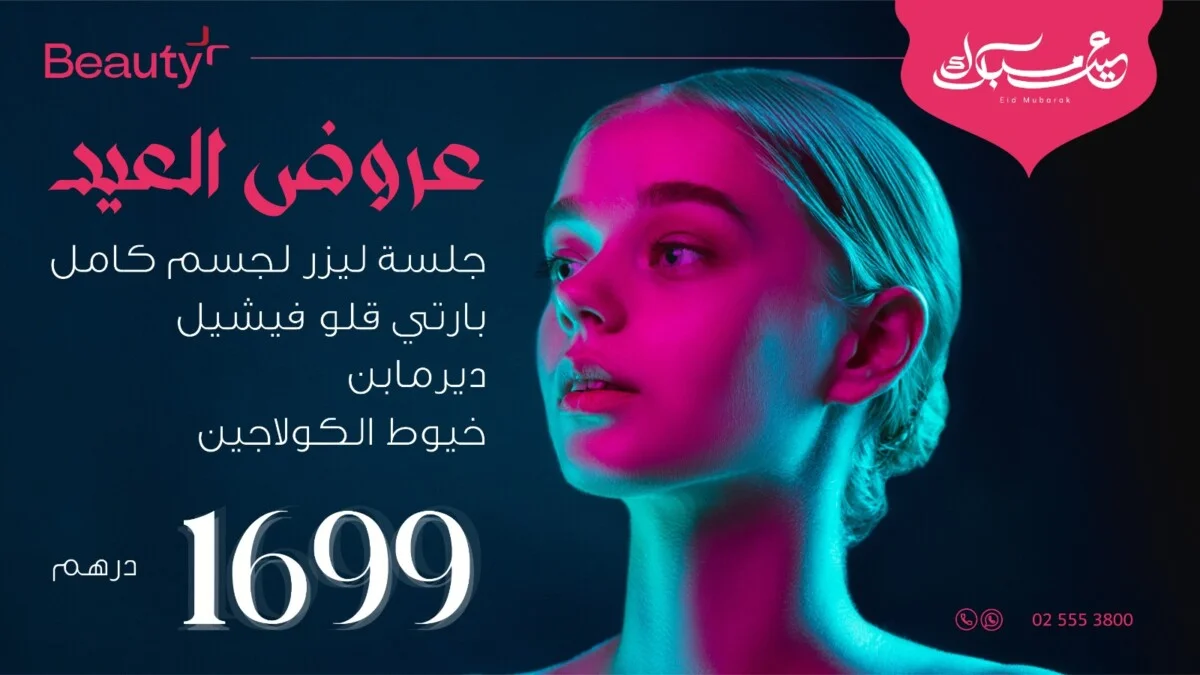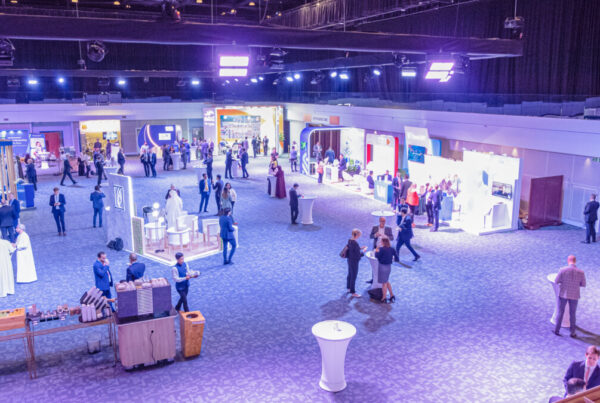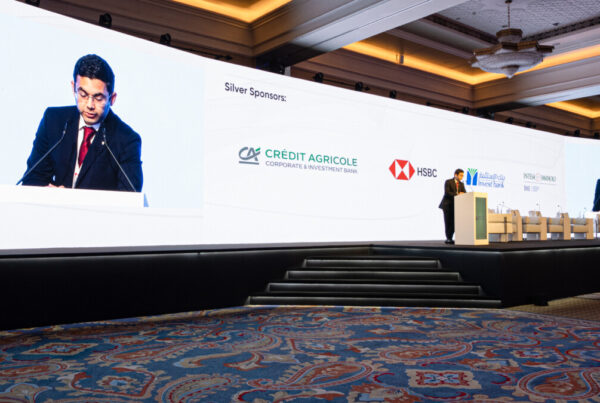In today’s fast-paced digital landscape, where attention is a fleeting commodity, animations have emerged as a game-changing tool in video marketing. They’re not just eye-catching visuals but strategic storytelling devices that captivate, educate, and convert audiences. Animated video branding, motion design marketing, and modern storytelling animations have become the backbone of successful campaigns, allowing brands to stand out in an overcrowded market.
Let’s explore how animations have revolutionized video marketing, their applications, and best practices to ensure your campaigns are memorable and impactful.
Why Animations Matter in Modern Video Marketing
Animations aren’t just another trend; they’re a necessity in a world dominated by digital media. Here’s why:
1. Unmatched Visual Appeal
- Animations bring ideas to life in ways static images or live-action videos can’t. They allow marketers to create vibrant, dynamic visuals that instantly grab attention.
- Example: A 3D animation showing the inner workings of a smartwatch is far more engaging than a simple image or text description.
2. Simplifying Complex Ideas
- Motion design marketing is ideal for breaking down intricate concepts. With the help of animations, brands can present even the most technical information in a digestible format.
- Example: A financial service company explaining blockchain technology through animated infographics.
3. Increased Engagement
- Animated content consistently outperforms static visuals on social media platforms. The combination of motion, color, and sound creates a multi-sensory experience that keeps viewers hooked.
- Statistic: Social media posts with animated content see up to 12x more engagement than static posts.
4. Versatility
- From explainer videos to product showcases, animations cater to a wide range of marketing needs. Their flexibility allows them to fit seamlessly into different campaign types and platforms.
5. Cost-Efficiency
- While live-action videos can be expensive and time-consuming, animations offer a more cost-effective solution without compromising quality or creativity.
The Science Behind Animated Video Branding
Animations resonate with viewers because they tap into the brain’s natural attraction to motion and visuals. Here’s how:
- Attention-Grabbing Movement
- The human eye is naturally drawn to motion. Animations leverage this instinct to ensure your content stands out, especially on cluttered platforms like social media.
- Cognitive Processing
- Visuals are processed 60,000 times faster than text. Animations simplify communication, making complex ideas more accessible.
- Emotional Connection
- Modern storytelling animations evoke emotions through relatable characters, vibrant visuals, and compelling narratives, fostering a deeper connection with the audience.
Applications of Animations in Video Marketing
1. Explainer Videos
- Purpose: Simplify and explain complex products or services.
- Why It Works: Visual storytelling helps audiences understand and remember information.
- Example: Tech companies like Dropbox and Trello use explainer videos to introduce their platforms effectively.
2. Product Demonstrations
- Purpose: Showcase product functionality and features dynamically.
- Why It Works: Viewers can see the product in action, boosting confidence in their purchase decision.
- Example: A 3D animation of a car’s engine showcasing its efficiency and unique features.
3. Brand Storytelling
- Purpose: Build brand identity and share core values.
- Why It Works: Animated videos personalize a brand, making it more relatable.
- Example: Coca-Cola’s animated campaigns that blend nostalgia and innovation.
4. Social Media Content
- Purpose: Increase visibility and engagement on platforms like Instagram and TikTok.
- Why It Works: Short, snappy animations are perfect for social media algorithms.
- Example: Airbnb’s animated posts highlighting travel destinations and unique stays.
5. Corporate Presentations
- Purpose: Enhance professionalism in internal and external communications.
- Why It Works: Animated elements in presentations keep audiences engaged and convey messages clearly.
Modern Storytelling Animations: Trends and Techniques
1. Flat Design Animations
- A minimalist approach that emphasizes clarity and simplicity.
- Best For: Startups, tech products, or educational content.
- Adds depth and realism, creating immersive experiences.
- Best For: High-tech industries or luxury product demonstrations.
- When text moves dynamically to complement audio or visuals.
- Best For: Highlighting quotes, stats, or key messages.
4. Stop-Motion Animations
- A handcrafted feel that adds uniqueness and charm.
- Best For: Creative brands or product reveals.
5. AR/VR Animations
- Combines virtual and real-world elements for interactive storytelling.
- Best For: Immersive brand experiences.
Key Benefits of Motion Design Marketing
1. Enhanced Viewer Retention
- People remember 80% of what they see and do, compared to just 20% of what they read.
- Result: Higher recall rates for campaigns.
2. Improved SEO Performance
- Google prioritizes video content, especially animated ones with high engagement rates.
- Tip: Optimize your animated videos with metadata and transcripts for better search rankings.
3. Higher Conversion Rates
- Landing pages with animated videos convert up to 80% better than those without.
- Example: Animated call-to-action sequences that guide users seamlessly through a sales funnel.
4. Broader Audience Reach
- Animations transcend language barriers, making them ideal for global campaigns.
Best Practices for Animated Video Branding
1. Understand Your Audience
- Tailor animations to resonate with your target demographic.
2. Focus on Quality
- Invest in professional software and skilled animators to ensure polished outputs.
3. Maintain Consistency
- Align animations with your brand’s voice, colors, and overall identity.
4. Prioritize Engagement
- Use relatable characters, compelling narratives, and vibrant visuals to keep audiences hooked.
Success Stories of Animated Campaigns
- Spotify Wrapped
- Personalized animations highlighting user activity.
- Impact: Annual viral success with millions of shares.
- Nike’s Motion Design Ads
- Blends motion graphics with motivational messaging.
- Impact: Strengthened global brand loyalty.
- Slack’s Explainer Video
- Simplifies their platform’s benefits using playful animations.
- Impact: Drove adoption among non-technical users.
Measuring the Success of Animated Campaigns
- Engagement Rates: Likes, shares, and comments.
- Play Rates: Percentage of viewers who started watching.
- Conversion Rates: Actions taken after watching the video.
- Retention Rates: How much of the video viewers watched.
Conclusion: Animations—The Future of Video Marketing
Animations are more than a tool; they’re a marketing powerhouse. Animated video branding, motion design marketing, and modern storytelling animations empower brands to connect with audiences on a deeper level. They simplify communication, evoke emotions, and boost engagement—all while being cost-effective and versatile.
In the era of digital dominance, animations are not just an option; they’re a necessity. So, embrace the power of motion and let your brand’s story come to life—frame by frame.
Other Articles:
| Corporate Videography Benefits | Animations in Modern Video Marketing |
| Fashion Videography Benefits | Wedding Videography Trends |




